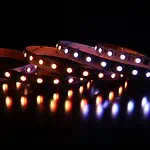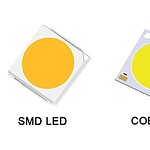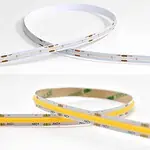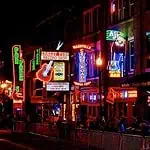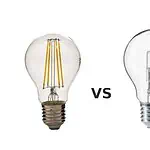LED lighting is quite popular nowadays for interior design. It adds an aesthetic and attractive look. But, this lighting can be confusing at times. You often have heard this question. What are the distinctive features between LED strip lights and rope lights? Are these lights the same or different?
Let me state clearly that these are two different lighting structures. In this post, we will discuss the features that differentiate these lights. But let us start with a basic understanding of these lights.
What Is An LED Strip Light?
It is a flexible circuit board that has light-emitting diodes mounted on it. We also know these strip lights as LED tape or ribbon lights. These lights usually have adhesive on the backside.
The LED strip lights are flat lights that you can cut into any length. This flat, flexible shape allows you to install these lights anywhere you want. These lights also have quality levels. It means that there are high and low-quality strip lights.
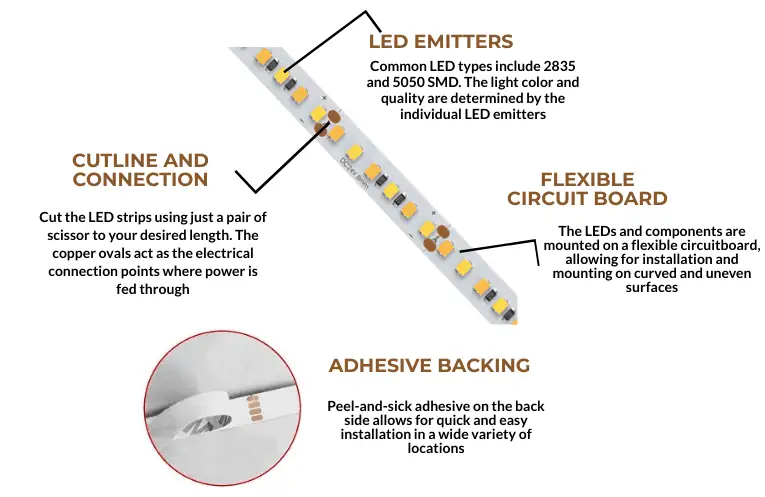
For a deeper dive into LED strip lights, refer to the resource below:
How to Wire LED Strip Lights(Diagram Included).
How to Choose The Voltage of LED Strip? 12V or 24V?
What is LED strip voltage drop?
LED Strip Light Production Flow?
RGB vs. RGBW vs. RGBIC vs. RGBWW vs. RGBCCT LED Strip Lights?
Troubleshooting LED Strip Problems.
What Are the Longest LED Strip Lights?
35 LED Strip Ideas for the Bedroom
LED Strip Light Internal Schematic and Voltage Information
What Is A Rope Light?
These lights have a long cylindrical tube shape. They have an internal light source installed every few inches. Thus, the rope lights give the impression of twinkling or glowing lights. These lights can have a tube or epoxy tube. As a result, these materials allow the light to shine through. There can be many cut points along the length of rope lights.
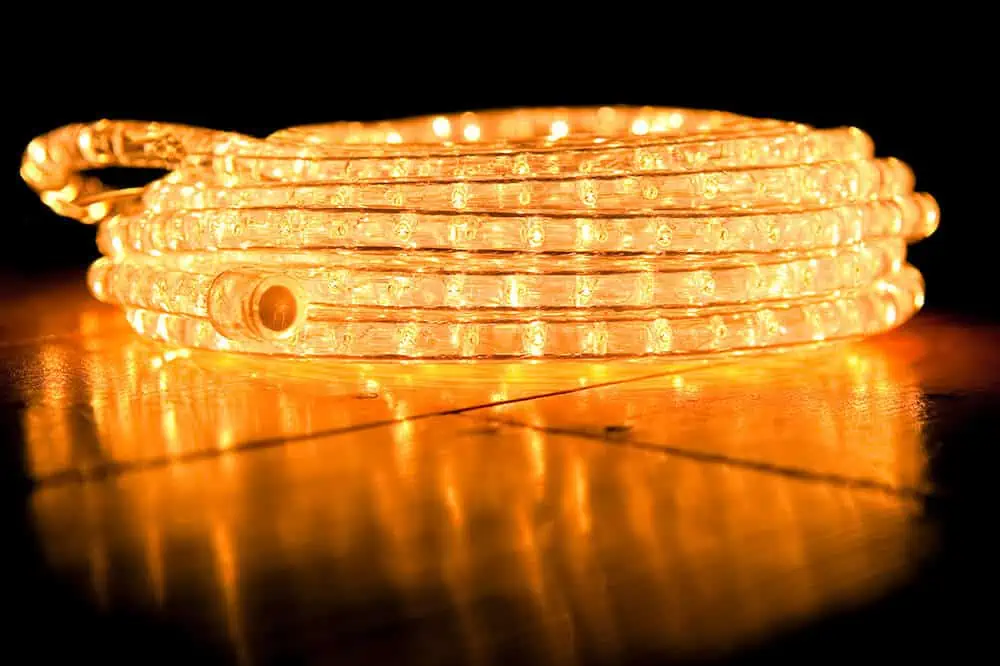
Key Differences Between The LED Strip Lights And Rope Lights:
The LED strip lights and rope lights have some distinct features. These features differentiate these two types of lights. And both of these lights have specific applications. These features are as follows:
- Lighting source
- Size
- Brightness
- Flexibility
- Cost
- Installation
- Light quality
- Beam angle
- IP rating
- Casing material
- Run length
Lighting Source:
Both LED strip lights and rope lights use LEDs. These LEDs are lighting sources. Actually, LEDs have better energy efficiency. But the rope lights can also have incandescent bulbs. These lights can have two types of power inputs:
- 120/220 VAC
- 12/24 VDC
The LEDs of strip lights produce much better illumination. The chips mounted on strip lights come in different sizes. These lights mostly have one type of power input:
- 12/24 VDC
For more information, you can read How to Choose The Voltage of LED Strip? 12V or 24V?
Size:
The rope lights are broader in diameter. The tube of rope lights can have a diameter of 1-2 cm. We can install these lights with clips. These clips hold the tube in place.
The LED strip lights are ultra-thin and flexible. You can make single, double, or multi-lighting rows using these lights.
Brightness:
The brightness of rope lights is less compared to strip lights. Moreover, as time passes, the tube gets yellow. Hence, the brightness of these lights fades away. There is also no option for color change in these lights. Thus, the rope lights are fallible for many practical applications. You cannot use these lights as a primary light source. They are not suitable for applications where we need high brightness.
The LED strip lights have a range of brightness. The brightness depends on the chips mounted. The larger the chips mounted, the greater the brightness. The strip lights with 5050 chips have higher brightness. And the strip lights with fewer chips will have low brightness. We can also alter the brightness of these lights. These lights offer a variety of patterns, colors, and dimming options.
For more information, you can read Candela vs Lux vs Lumens.
Flexibility:
The LED strip lights are highly flexible. Generally speaking, we can curve these lights up to 90 degrees. We can easily install them at corners.
The rope lights are also somewhat flexible. But you cannot bend them to greater angles. They are more suitable if you wrap them around poles.
Cost:
It is a common rule that a device having more features will cost more. The same is the case with these lights.
The rope lights have simple configurations and features. Thus, they are inexpensive in comparison with LED strip lights.
The process of making LED strip lights can be complex. We need high-quality materials and professionals. Thus, they are expensive. But if we look as a whole, strip lights are not expensive. It is because they have a longer lifespan and provide better services.
Installation:
Both of these light sources have different installation methods. There is adhesive on the back of the strip lights. This super glue can stick to almost all types of surfaces.
We can install the rope lights by using the clips. They do not have a sticky backing.
For more information about installation of led strip, please check Installing LED Flex Strips: Mounting Techniques.
Light Quality:
We all know that the quality of a product varies from company to company. But the LED strip lights have somewhat better quality than the rope lights. The strip lights have the following:
- Superior CRI
- Light purity
- Color consistency (What Is LED Binning?)
- Color accuracy
Beam Angle:
The beam angle of rope lights can be up to 360 degrees. This wide angle is due to the round shape of rope lights. Actually, the tube of these lights is glassy and transparent.
On the other side, the LED strip lights typically have 120 degrees angle. But COB LED strip lights can have up to 180 degrees beam angle.
IP Rating:
The IP rating is the indication of the protection level. The LED strip lights come with different IP ratings. You often would have seen these lights in kitchens, bathrooms, pools, etc.
The rope lights also have a good IP rating. Thus, they are also waterproof. We can use these lights for both indoor and outdoor applications.
For more information, you can read A Guide to Waterproof LED Strip Lights.
Casing Material:
The rope lights use polyvinyl chloride PVC as the casing material. There are light bulbs evenly placed inside them.
Silicone glue is the casing material for LED strip lights. It has excellent resistance against temperature. It also allows increased flexibility of these lights.
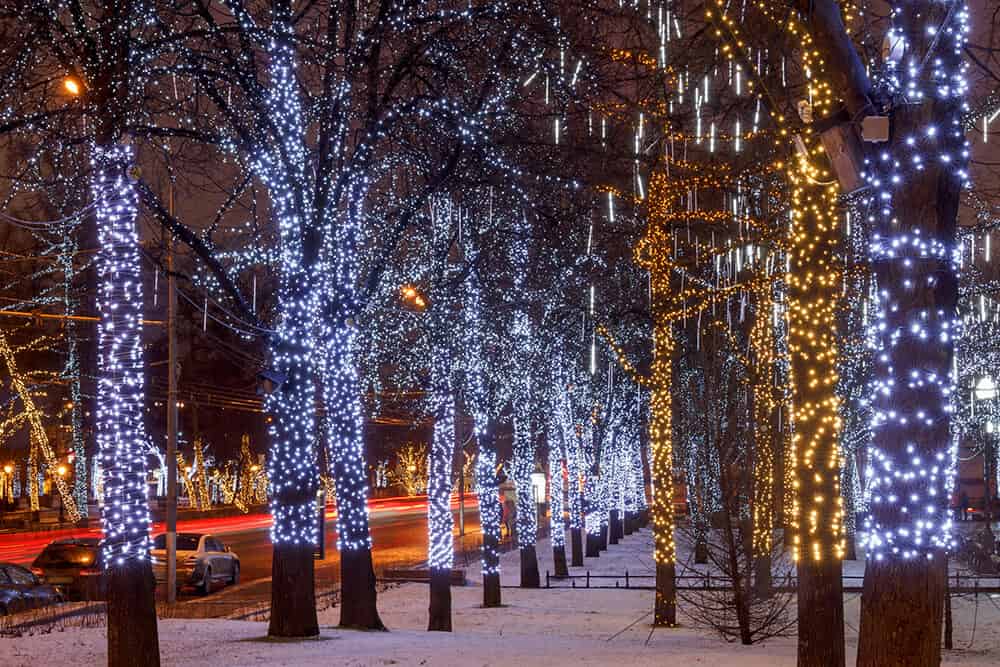
Run Length:
Both of these lights have a certain run length before the voltage drops. The rope lights can have 80 meters run length. This run length is when the lights are on AC voltage. This run length drops to 15 meters on DC voltage. After this, they need an extra power input to work.
In the case of LED strip lights, they have DC inputs of 12V or 24V. The length of lights is short when we use the DC version. It is because, for the DC input, the voltage drops easily. The typical size is 5M per reel for strip lights. The strip lights are available in a wide range of widths.
If you need long run, you can try to use our Super Long Constant Current LED Strips or 48VDC LED strips.
Applications Of LED Strip Lights And Rope Lights:
Though both are lighting sources, these lights have somewhat different uses. Some examples of these applications can be:
LED Strip Lights:
- Kitchen
- Pools
- Bathrooms
- Benches or shelves in the home
- Stairs
- General room lighting
For further insights on the application of LED strips, explore our articles on “16 Innovative Stair Lighting Ideas Using LED Strip Lights” and “35 Creative LED Strip Lighting Ideas for Bedrooms.”
Rope Lights:
- Christmas Decorations
- Balconies
- Landscape accenting
- Walkways
- Wrapping around poles or trees
Conclusion:
In this post, we have discussed both the LED strip lights and the rope lights. Now we have a basic understanding of these lights and how they work. Furthermore, I have explained various features that make these lights distinct. At last, I have shared some examples of the applications of both of these lights.
We are a factory specializing in producing high-quality customized LED strips and LED neon lights.
Please contact us if you need to purchase LED lights.
